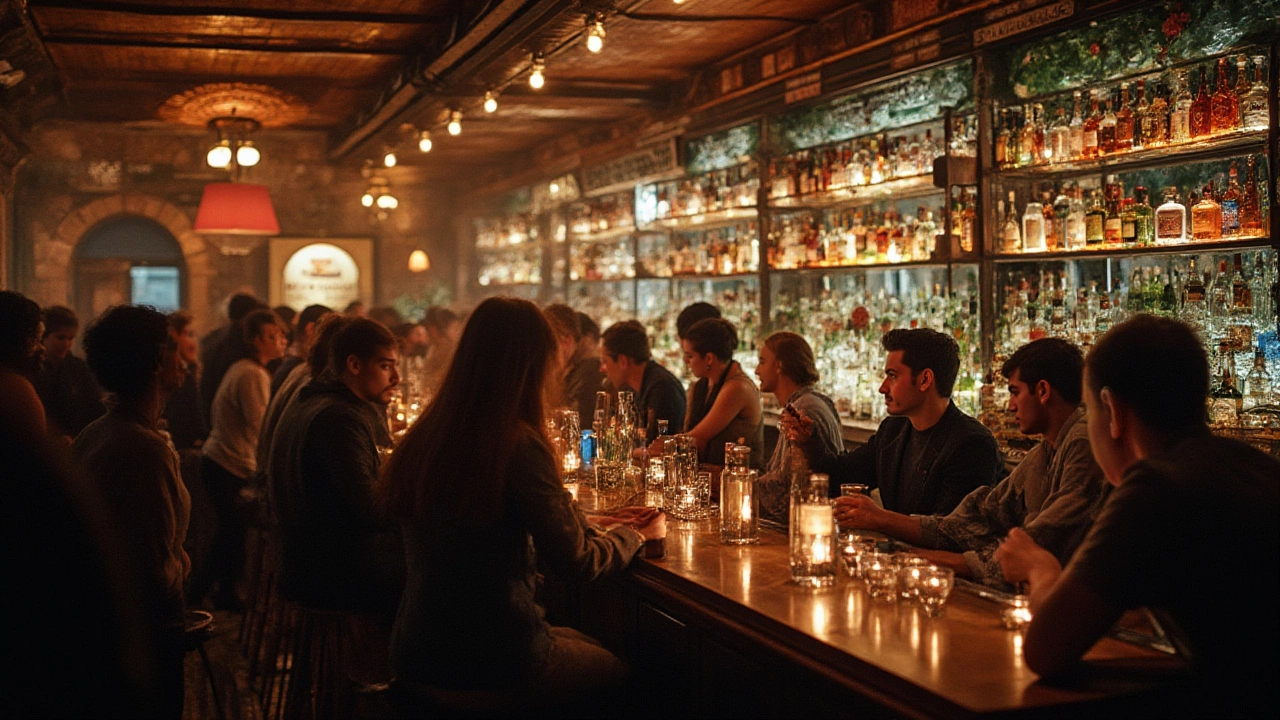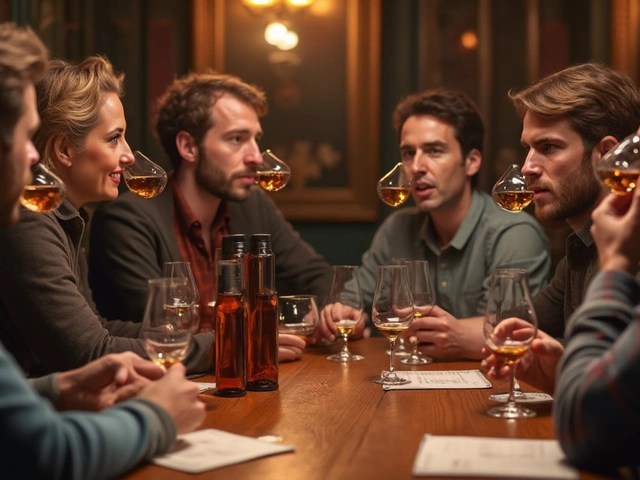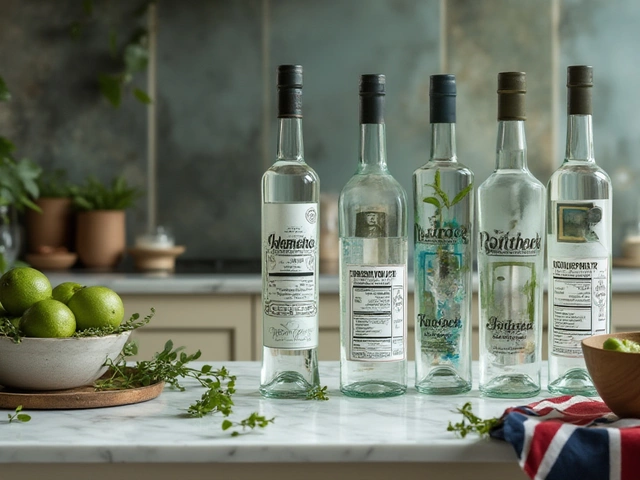Gin Decline: Why the Classic Spirit Is Losing Momentum
It feels like gin is everywhere—cocktail menus, Instagram posts, even grocery aisles. Yet recent reports show a noticeable dip in gin sales. If you’ve noticed fewer new gin bottles popping up, you’re not imagining it. Let’s break down what’s really going on and what it means for you.
What’s Behind the Drop?
First, the market got flooded. The gin boom of the mid‑2010s brought dozens of new brands, from tiny distilleries to big‑name producers. Consumers tried everything from floral ‘pink gins’ to heavily flavored recipes. After a few years, the novelty wore off and many bottles sat on shelves for months.
Second, health trends are shifting. People are cutting back on alcohol overall, opting for low‑calorie beers, natural wines, or non‑alcoholic drinks. The rise of mocktails and “dry” weeks means fewer opportunities to reach for a gin‑based cocktail.
Third, the pandemic changed drinking habits. While home bar sales spiked early on, the return to bars and restaurants has been slower than expected. Many venues now focus on their core spirits—whisky, rum, and tequila—leaving gin with a smaller share of the menu.
Finally, competition from other spirits is fierce. Premium rum and craft tequila have grabbed the attention of adventurous drinkers, pulling some of the curiosity away from gin.
What Can Gin Lovers Do?
Don’t panic—gin isn’t gone, it’s just in a quieter phase. If you love the botanical bite, look for established brands that still innovate. Our comparison of Hendricks vs Bombay Sapphire dives into the distinct flavors of two market leaders, helping you pick a bottle that matches your palate.
Try exploring lesser‑known regional gins. Small distilleries often focus on local herbs, giving you a fresh twist without the mainstream hype. Pairing gin with food can also revive interest; a citrus‑forward gin works wonders with seafood, while a spice‑rich variety complements grilled meats.
Experiment with low‑alcohol cocktails. A classic gin‑and‑tonic with a splash of fresh juice keeps the flavor but trims the buzz, fitting nicely into today’s health‑conscious mindset.
Lastly, support the gin community. Attend local tastings, join online forums, and share your finds. When enthusiasts stay active, brands notice and may bring new releases back into the spotlight.
In short, the gin decline reflects market saturation and shifting consumer habits, not a failure of the spirit itself. By trying new styles, pairing wisely, and staying engaged, you can keep enjoying gin while the market finds its new rhythm.
Gin is slipping down the spirits ladder. Explore why gin is declining, what’s replacing it, and how the market and drinkers are responding.
View Details

